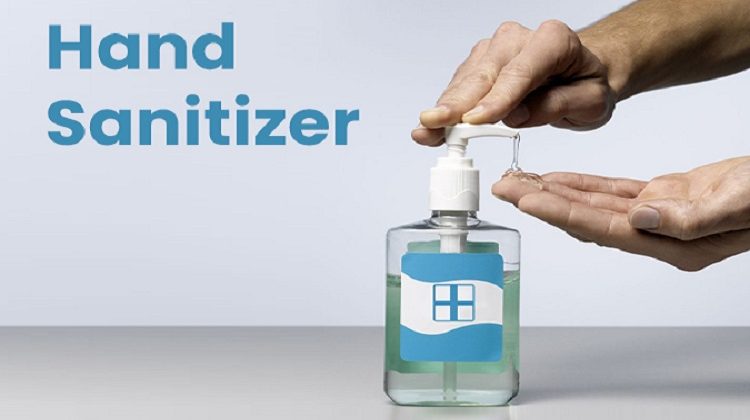
Although hand sanitisers have been in the market for decades now, their importance has increased tremendously over the past year due to the current pandemic. It has now become a staple product in every handbag and an important part of everyday hygiene practice.
facts to know About Hand Sanitizers
A hand sanitiser is a great product to keep your hands clean and free from germs on-the-go when you do not have soap and water available. It can help in avoiding the spread of many hazardous diseases. To know some more important facts about this much raved about product, keep reading.
Hand sanitizers kill germs but do not clean your hands:
Hand sanitizers that are alcohol-based kill most of the germs on the skin. While they do not kill all the germs, they are an effective way to kill germs on your hands. However, soap and water are best when it comes to infection control as they do not kill the germs but they clean your hands and remove them. The rubbing and scrubbing of soap between your fingers and palms create the friction that breaks down the structure of bacteria and germs and loosens them from your skin. When you rinse your hands, you wash those germs down the drain.
Hand sanitizers are not effective on greasy hands:
Hand sanitizers work great in killing the germs when your hands become dirty but not when they are greasy. Using an alcohol-based hand sanitizer or sanitizer wipes when your hands are greasy won’t get you rid of the germs. It is a better idea to wash your hands with soap and water in such situations.
Not all hand sanitizers are the same:
To kill most of the disease-causing germs and bacteria from your hands, it is recommended to use a hand sanitizer that contains at least 60 per cent of alcohol. Any hand sanitiser that has an alcohol composition of less than 60 per cent may not work well for most types of germs and could merely reduce the growth of germs. This renders them fairly ineffective in most situations. When looking for an effective hand sanitizer, carefully read through the label and check its alcohol composition to ensure protection from germs and bacteria.
Sanitization technique matters:
Hand sanitizers work best when they are used correctly. For this, pour the recommended amount of hand sanitizer. This amount should generally be enough to cover the entire surface of both your hands. Then distribute the hand sanitizer all over your hands. Continue to rub the hand sanitizer into your hands until they are completely dry. This should take about 20 seconds. This step is key for good protection.
Make sure you pay extra attention to your fingertips as that is the area that comes in contact with germs and bacteria. While alcohol-based hand sanitizer works great in killing germs, viruses, and bacteria, the major problem is that people do not give it the appropriate amount of time.
Hand sanitizers have alternative uses:
Other than killing germs, viruses, and bacteria, hand sanitizers may also find alternate uses. These may include cleaning the windows and mirrors, removing permanent marker stains from walls, whiteboards, and clothes, removing fingerprints from sunglasses, phones, and stainless steel, etc.
When choosing hand sanitizers, it is best to check the label, its effectiveness on germs, skin-friendly quotient as well as the proof of efficiency.
Conclusion | Important facts to know About Hand Sanitizers
The pandemic has led to the introduction of various hand sanitizers from a host of brands in the market. Health & Glow features an unmatchable collection of effective and quality hand sanitizers from a variety of brands.

